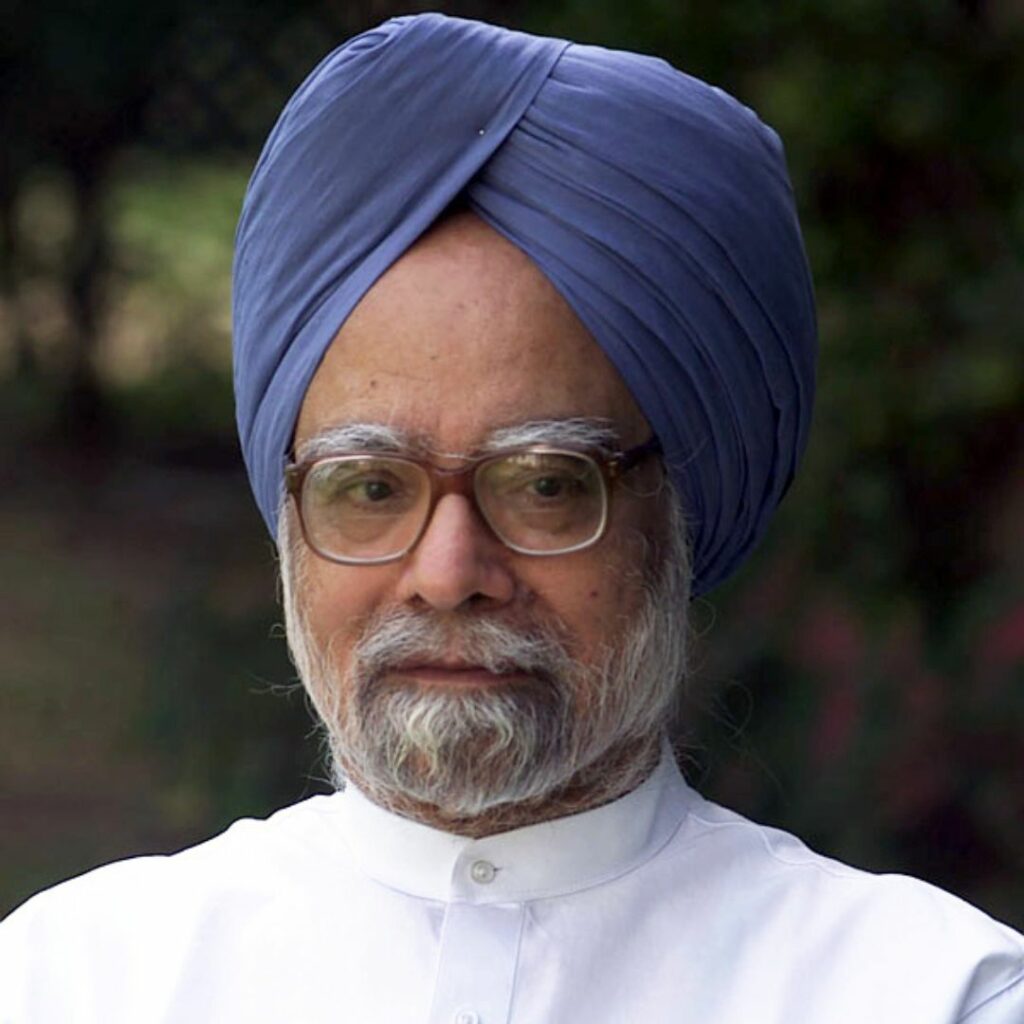In a groundbreaking discovery, new research led by the Daffodil Centre, a prominent cancer control and policy research institution, in collaboration with Cancer Council NSW and the University of Sydney, suggests that the implementation of updated screening guidelines by the World Health Organization (WHO) could significantly reduce cervical cancer death rates by more than 63% in low-to-middle-income countries. The research, published in two papers in Nature Medicine, focused on the screening of human papillomavirus (HPV) in women in the general population across 78 countries, with special attention to scenarios involving women with human immunodeficiency virus (HIV) in Tanzania.
The comprehensive studies, encompassing women in the general population and analyzing screening options in low- and middle-income countries, were conducted to lend substantial support to a major revision of WHO guidelines aimed at eliminating cervical cancer. Following the WHO’s 2020 call to eliminate cervical cancer as a public health problem, significant global progress has been made in implementing HPV immunization, along with expanding cervical cancer screening and treatment programs.
In 2021, the WHO updated its cervical cancer screening and treatment guidelines after an extensive review of scientific evidence. The updated guidelines strongly recommend the use of high-performance screening tests, such as primary HPV DNA screening, as the primary approach for cervical cancer tests.
The two studies recently published in Nature Medicine shed light on the pivotal aspects of the evidence supporting WHO recommendations. The primary goal was to assess the benefits and potential harms of different approaches, including various screening tests, intervals, and age ranges to commence and cease screening as reported by ABP Live TV.
Given the six-fold increased risk of cervical cancer in women living with HIV, the WHO has differentiated recommendations for this group. The weakened immune system in individuals with HIV makes them more vulnerable to HPV infection, leading to a faster progression of HPV-related diseases.
For women living with HIV, the WHO recommends a shorter screening interval of every three to five years, utilizing a primary HPV DNA test. In contrast, the general population of women is advised to undergo screening every five to ten years.
The WHO emphasizes the effectiveness of a triage strategy for women living with HIV, involving a primary HPV DNA test followed by a second triage test at five-year intervals. This strategy, according to the WHO, is more effective in reducing cervical cancer cases and deaths compared to alternative screening methods.
Notably, the Australian Government has committed a $12.5 million grant to a consortium led by the Daffodil Centre to support the elimination of cervical cancer in the Indo-Pacific region.
Dr. Kate Simms, the lead author of the first paper, highlights that HPV is responsible for almost all cervical cancers. The use of HPV screening, as successfully implemented in Australia, has shown a significant reduction in mortality rates through early intervention.
Dr. Michaelia Hall, the lead author of the second paper, states that primary HPV testing with triage, compared to no screening, can reduce cervical cancer mortality by up to 71%.
The recent research findings underscore the crucial role of updated screening guidelines in the WHO’s mission to eliminate cervical cancer globally. With a focus on primary HPV tests every five years, especially for women living with HIV, the potential to reduce cervical cancer deaths by over 63% is a remarkable stride towards achieving this ambitious public health goal. The implementation of these findings, along with the Australian Government’s substantial investment, signals a hopeful future in the fight against cervical cancer in low-to-middle-income countries.
Also Read: Allahabad HC Greenlights Temple Restoration At Gyanvapi, Rejects Muslim Side’s Plea











